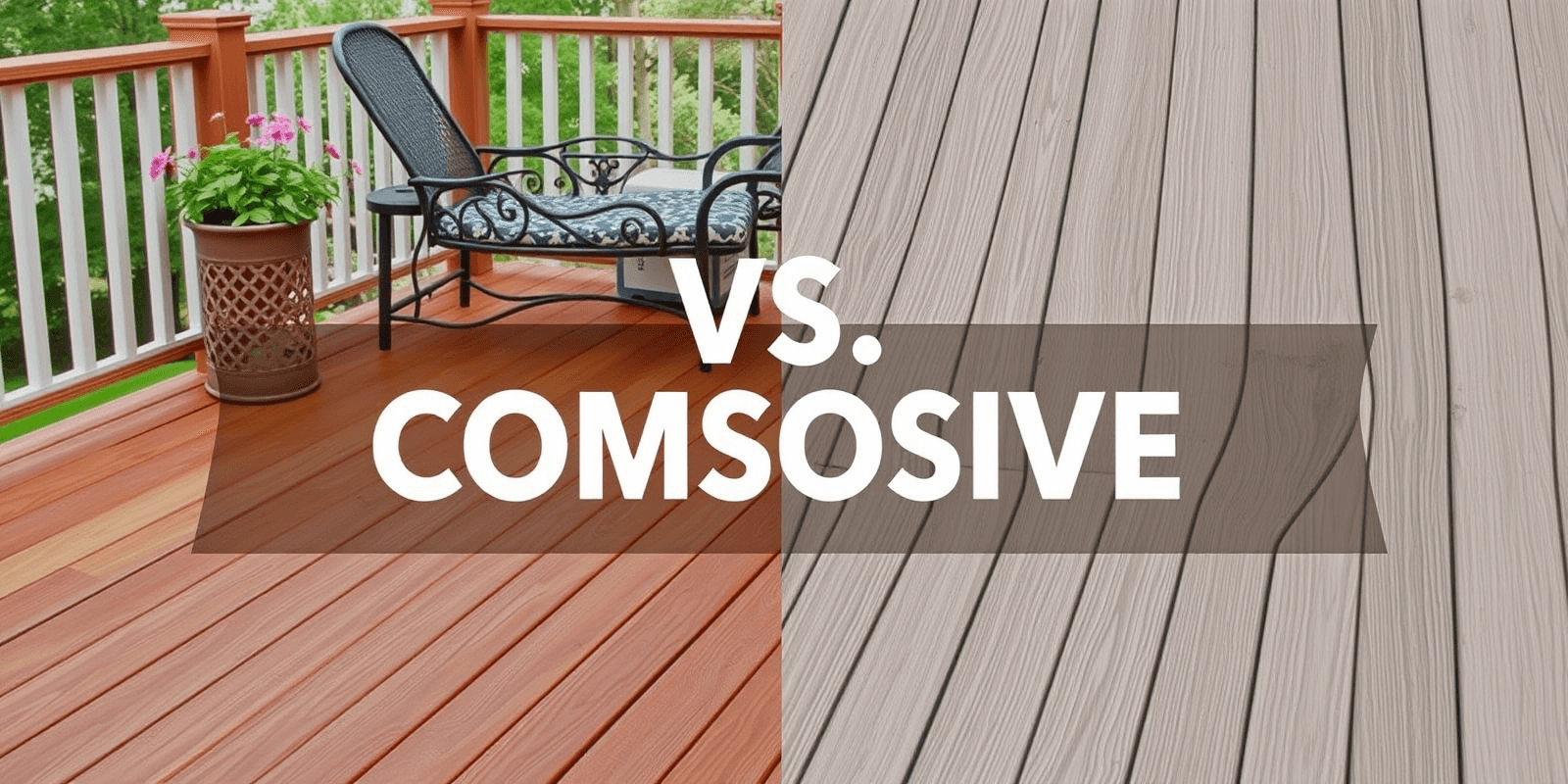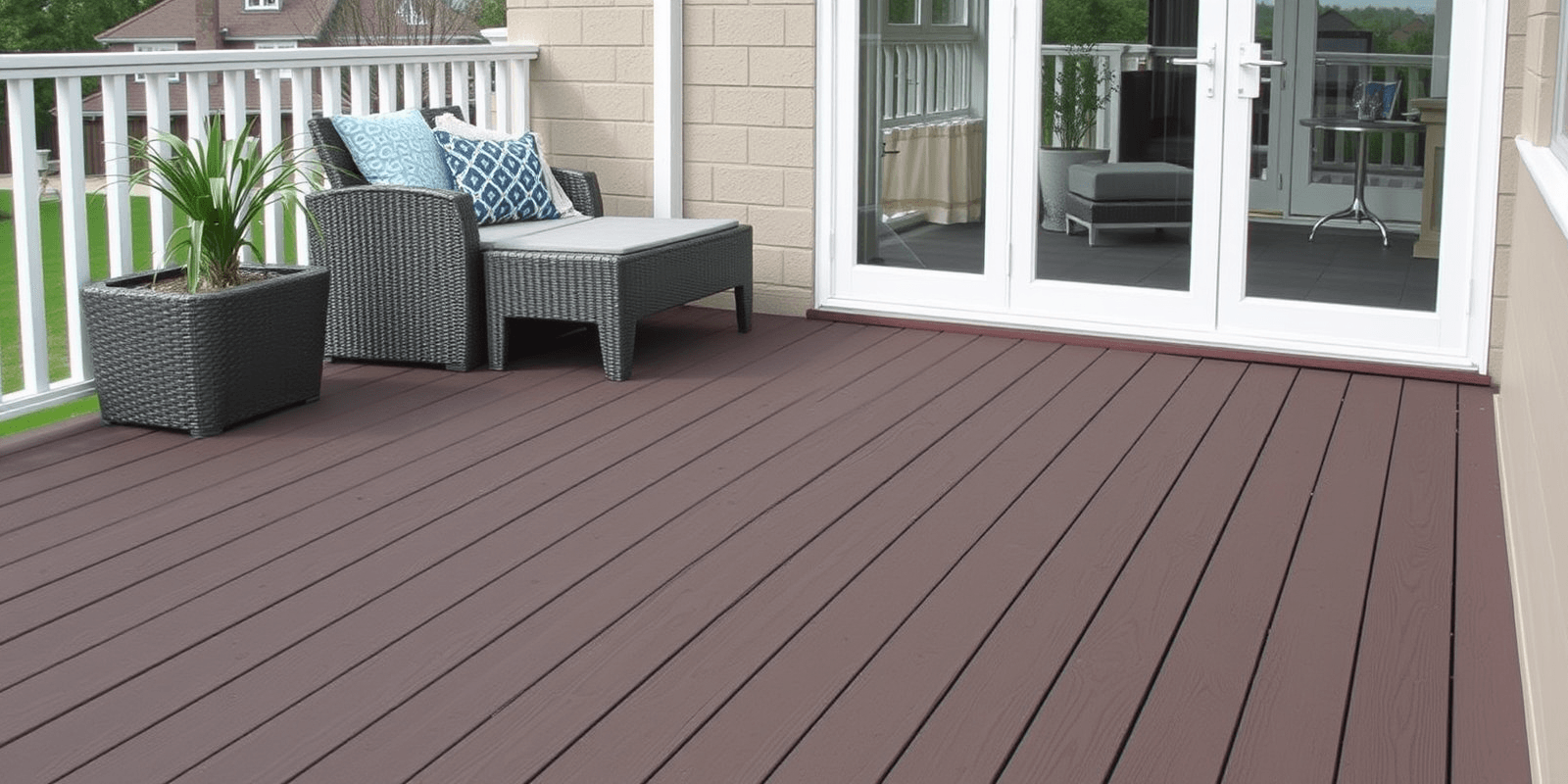“`html
Wooden Decking vs Composite: A Comprehensive Guide
Introduction
Choosing between wooden and composite decking can be a daunting task, especially when you’re looking to enhance your outdoor living space. Both materials offer unique advantages and disadvantages, making it essential to consider factors such as initial cost, long-term maintenance, durability, aesthetics, and environmental impact. This article aims to provide a balanced comparison between wooden and composite decking to help you make an informed decision.
Initial Cost
The initial cost is often a primary concern for homeowners. Wooden decking typically has a lower upfront cost compared to composite decking. Pressure-treated pine or cedar are popular choices for wooden decks, with prices ranging from $1 to $5 per square foot. On the other hand, composite decking materials like Trex or Azek can cost anywhere from $3 to $10 per square foot. However, it’s important to factor in the long-term costs when considering the overall investment.
Maintenance Requirements
When it comes to maintenance, wooden decks require more upkeep than composite ones. Wooden decks need regular sealing or staining every few years to protect them from moisture, UV rays, and insect damage. Composite decking, made from recycled plastic and wood fibers, is more resistant to weathering and requires minimal maintenance. It doesn’t need sealing or staining, and it resists rot, mold, and mildew better than wood.
Durability Against Weather and Pests
Composite decking excels in durability against weather conditions and pests. It is less susceptible to warping, cracking, and splitting due to exposure to sun, rain, and snow. In contrast, wooden decks are more prone to these issues, especially if not properly maintained. Additionally, composite decking is less attractive to termites and other wood-boring insects, which adds another layer of protection.
Aesthetic Appeal
Aesthetic considerations play a significant role in the choice between wooden and composite decking. Wooden decks offer a natural, warm look that complements many architectural styles. They can be stained or painted in various colors, allowing for customization. Composite decking, while available in different colors and textures, may not achieve the same level of natural appearance as wood. However, advancements in composite technology have led to more realistic-looking options that mimic the beauty of natural wood.
Environmental Impact
From an environmental standpoint, both materials have their pros and cons. Wooden decks can be sourced from sustainable forests, and proper management practices can ensure responsible harvesting. Composite decking, made from recycled materials, reduces waste but involves higher energy consumption during manufacturing. Additionally, the disposal of composite materials at the end of their life cycle can pose environmental challenges.
Tips for Choosing the Right Material
Your choice should be guided by your lifestyle, budget, and maintenance preferences. If you prefer a low-maintenance option and don’t mind the higher upfront cost, composite decking might be the way to go. For those who enjoy DIY projects and want a more customizable look, wooden decking could be a better fit. Consider consulting with a professional contractor to weigh the pros and cons based on your specific needs and location.
“`



